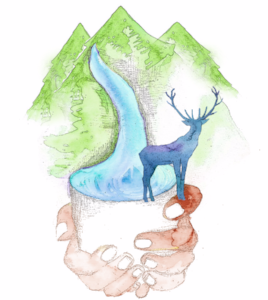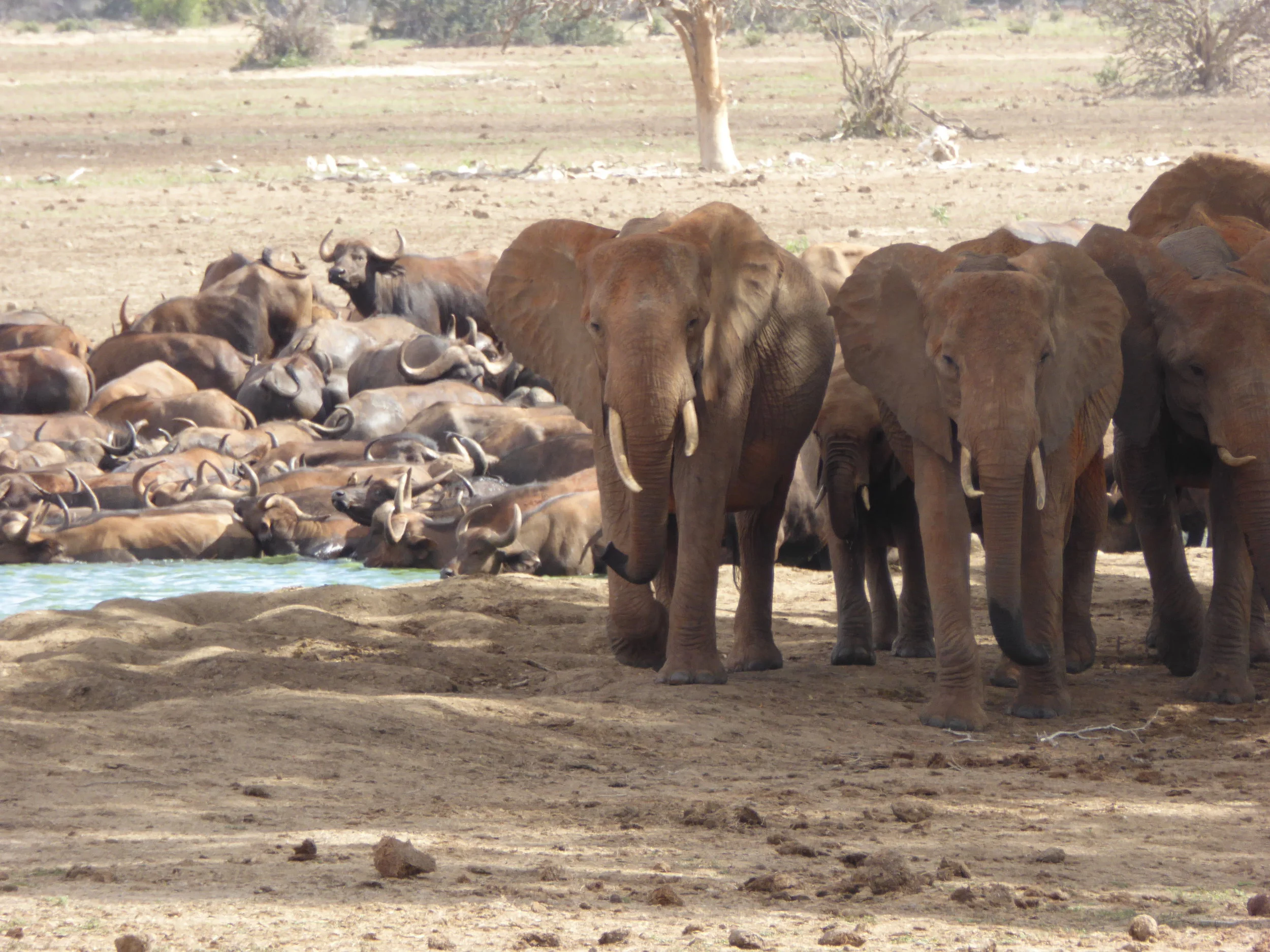Kenyan Protecting Kenya's Wildlife
Esther Serem graduated from Karatina University, Central Kenya with a BSC in Natural Resource Wildlife Option. Her passion for wildlife led to a position within Save the Elephants where she has been the Elephants and Bee’s Project Officer since 2016. As Project Officer, Esther is responsible for beehive fence monitoring, database management and welcoming visitors. Below she shares her work mitigating human-wildlife conflict in Sagalla, Kenya.
What do you enjoy most about working with Save the Elephants?
What I enjoy most is working on the bee concept of deterring elephants, interacting with the community of Sagalla and being a part of the intern group. People from around the world visit and work on the Elephants and Bees Project that so many connections are being made! Also, going into Tsavo East National Park to see wildlife with George’s project [PhD student with Save the Elephants] is very special. Finally, it is a joy to have Dr. Lucy [head of Human-Elephant Co-Existence Program] be my employer. She is a great mentor, respects my work and respects me.
How has working with Save the Elephants changed your perception about elephants?
When I was in school, I used to feel that the human-elephant conflict was so intense and it would never be solved. Since coming to this project, I can see that efforts can be made to mitigate conflict. I can even replicate the deterring methods against crop-raiding elephants used in Sagalla and apply them to my local community in the rift valley, Elgeyo-Marakwet Country.
What are the views of your family and friends when you share your work of mitigating human-wildlife conflict?
When my parents first heard I was working with elephants they were worried and calling all the time, but now they are confident I won’t be killed by elephants. My family hears of the problems with humans and elephants, but they don’t feel the problems. Overall, they are proud of my work and that I am employed. Also, during my graduation party, people from my village were amazed after I told them what I was doing. In my community, they want someone to help them mitigate the conflict of crop-raiding elephants on their farm.
As a local Kenyan, what do you find most challenging in reducing human-wildlife conflict in Sagalla?
Most challenging thing are farmers encroaching on the land and expanding. Also, when farmers don’t harvest honey one year they get discouraged and may not maintain their fence as often. Overall though, the farmers are receptive to our work, listen and trust that the deterrent method of using a beehive fence works against crop-raiding elephants. Baboons though are among the most problematic in this community because they destroy crops and steel food out of people’s houses. I do not know how this problem will be mitigated as there are no new mitigation methods.
Can you describe your first encounter with an elephant?
First encounter, I can’t really remember. But when I was in university, I saw an elephant by the electric fence and I was so excited to see an elephant up close! That is when I realized how large they are! It was amazing. I was wondering, how would this community be affected if that fence was not there?
What do you see as the future for Kenya to reduce human-wildlife conflict?
I think human-wildlife conflict will remain if the Kenyan people continue to encroach on more land. The issues can reduce if all communities were respective of new technologies and methods to mitigate conflict. A problem is, Kenyans are not aware of the benefits of wildlife. If the people know of the benefits then they would protect and use mitigation methods that would not harm wildlife. I do know conservancies are working to train more local rangers, which will help to mitigate conflict as local rangers can respond quickly, are familiar with the area and are members of the community. Also, drone technologies new to Kenya and this new method can be used more in research of wildlife movements and monitoring poaching.
“You cannot get through a single day without having an impact on the world around you. What you do makes a difference, and you have to decide what kind of difference you want to make”















